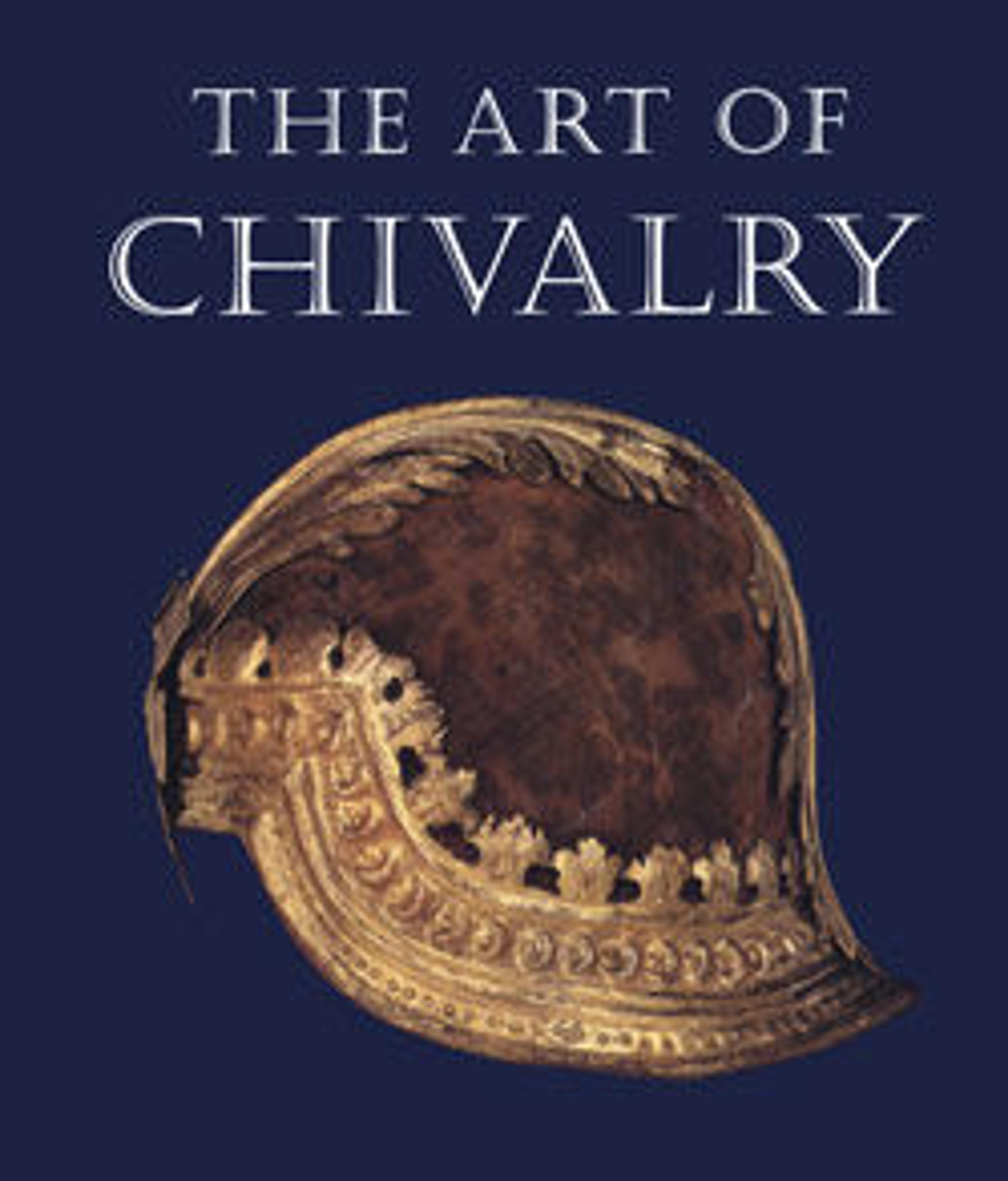Mace
The large steel head of this mace is composed of seven triangular flanges etched overall with trophies and scattered elements of armor on a dotted background; the spaces between the flanges are filled with twisted strapwork. The steel cylindrical shaft is hollow, its etched decoration en suite is arranged in four lengthwise bands, the spiral grip also etched en suite. The shaft is pierced just above the grip for a wrist strap. The decoration on this fully gilded mace is in the same style as on an armor in the Metropolitan Museum's collection (acc. no. 14.25.717a–r).
Maces became increasingly popular during the fifteenth and sixteenth centuries––a parallel to the use of the war hammer––due to the ineffectiveness of edged weapons against fully developed plate armor. Though the blow of a mace could not penetrate the armor plates, it might be enough to stun or disable an opponent. Maces were used by cavalrymen, and even became a badge of rank, as was certainly the case with this example.
Maces became increasingly popular during the fifteenth and sixteenth centuries––a parallel to the use of the war hammer––due to the ineffectiveness of edged weapons against fully developed plate armor. Though the blow of a mace could not penetrate the armor plates, it might be enough to stun or disable an opponent. Maces were used by cavalrymen, and even became a badge of rank, as was certainly the case with this example.
Artwork Details
- Title: Mace
- Date: ca. 1575 to 1600
- Culture: Italian
- Medium: Steel, gold
- Dimensions: L. 23 1/16 in. (58.6 cm); L. of head 6 1/2 in. (16.4 cm); W. 4 3/4 in. (12 cm); Wt. 3 lb. 14 oz. (1757.7 g)
- Classification: Shafted Weapons
- Credit Line: The Collection of Giovanni P. Morosini, presented by his daughter Giulia, 1932
- Object Number: 32.75.203
- Curatorial Department: Arms and Armor
More Artwork
Research Resources
The Met provides unparalleled resources for research and welcomes an international community of students and scholars. The Met's Open Access API is where creators and researchers can connect to the The Met collection. Open Access data and public domain images are available for unrestricted commercial and noncommercial use without permission or fee.
To request images under copyright and other restrictions, please use this Image Request form.
Feedback
We continue to research and examine historical and cultural context for objects in The Met collection. If you have comments or questions about this object record, please complete and submit this form. The Museum looks forward to receiving your comments.
